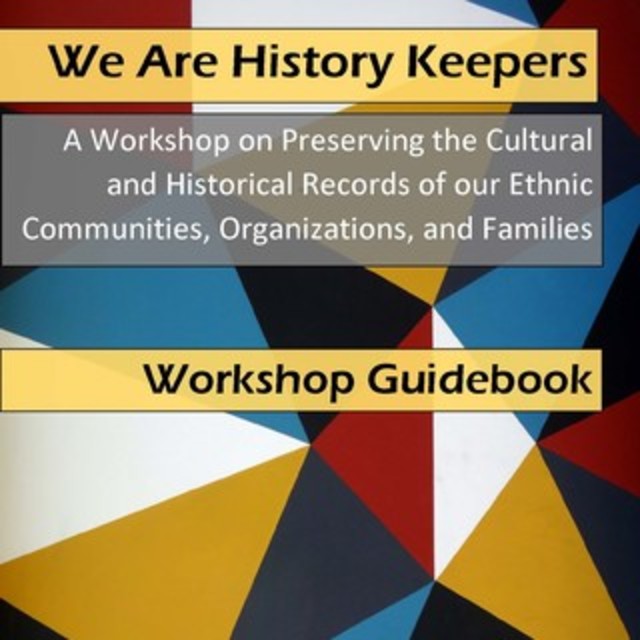Skip to main content
We Are History Keepers Workshop Guidebook
A Workshop on Preserving the Cultural and Historical Record of your Ethnic Community, Organizations, and Families
We Are History Keepers brings workshops to communities around the Puget Sound. We Are History Keepers aims to guide community members to organize and preserve documents, photos and recordings of the facts of their experiences to create concrete records of Northwest history.
This workbook will be utilized during different We Are History Keepers workshops. On this page, you can find the workbook document as well as other supplementary texts and resources.

Access to this project is restricted.
Only users granted permission may view this project's texts, resources, and other content.
Texts
Main Texts
We Are History Keepers Workshop Guidebook
Anne Jenner- This text has 0 annotations
- This text has 0 highlights
- This text has 0 annotations
- This text has 0 highlights
Resources
Resource Collections
Additional Resources
CollectionDigital Preservation
CollectionWorksheets and Templates
Collection
Single Resources
PDF PDF Managing and Preserving Digital Files - Presentation Slides
PDF What to Throw Away and What to Keep - Presentation Slides
Video Library of Congress: Why Digital Preservation is Important for You
PDF Local Film / Video Digitization Resources
PDF Washington State Film Preservation Manual
PDF The Film Preservation Guide: The Basics for Archives, Libraries, and Museums
PDF Personal Digital Archiving
Document My Archiving Plan
PDF J. Paul Getty Museum Complete Guide to Adult Audience Interpretive Materials: Gallery Texts and Graphics


